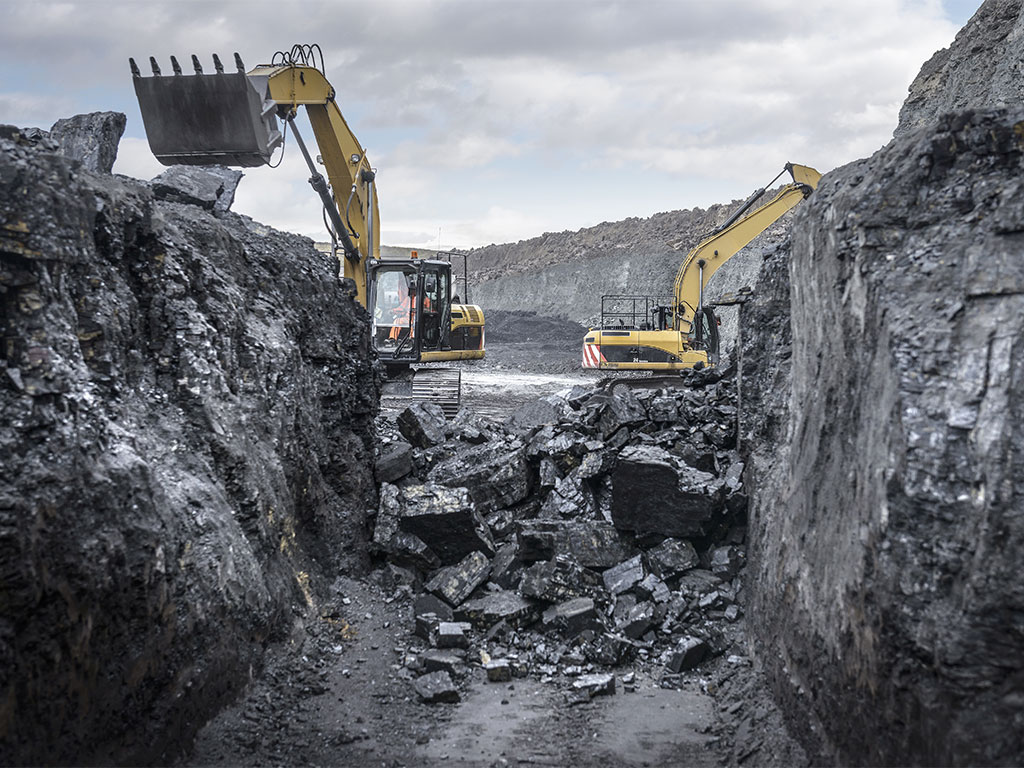raw steel production and changes in mill inventory; the quantities generated and utilized are essentially equal to and independent of purch...
raw steel production and changes in mill inventory; the quantities generated and utilized are essentially equal to and independent of purchased scrap prices. Prompt industr ial scrap is that which is left over when proóucts are manufactured from steel. For example, when a fender is stamped from a sheet of steel the unused portion is sold for scrap. It is "prompt" in the sense that manufacturers have to get rid of it promptly or be inundated with scrap. The mills prefer prompt industrial scrap because it is usually clean, of known composition, and chemically unchanged by use or exposure to weather. The supply of prompt industr ial scrap, is relatively stable. Obsol escence scr ap ar i ses by ag ing and obsol escence of ferrous products until they are discarded as scrap iron (old car bodies, old steel rails, salvage from shipwrecks, etc). Not all ferrous products discarded have been recycled and these make up a reservoir of material, some of which could be collected and cut, bundled, or otherwise prepared for marketing by scrap processors, then resold for melting.
The cost of collecting and processing these materials for sale as iron and steelmaking scrap will, of course, be determined by such factors as their geographic dispersion and the ease and speed with which they can be collected and processed. Because of domestic freight rates, obsolescence scrap generally must be processed at or near the place where it is collected. Collection and transportation of obsolescence scrap is a function of price. High -39- prices for scrap encourage more investment in scrap-processing equi~nent and more collecting from areas that would not normally be scrap territory, World demand for scrap increased sharply. in 1973 corresponding to the increased world production of iron and steel. Increasing domestic demand combined with high expor ts 1 ed to scar city of qual i ty scr ap for use in domestic steel mills and foundries. As a result U.S. prices for ferrous scrap rose to a record height in the lat~er'half of the year.
On July 2, 1973, the U.S. Department of Commerce imposed export restrictions on ferrous scrap unàer the .short supply" provisions of the Export Administration Act of 1969. No new orders .for ferrous scrap of more than 500 net tons could be accepted for the balance of 1973. Individual allocations were distributed by exporter, country, and grade, based on each expor ter i s history of scr ap expor ts dur ing the base per iod from July 1, 1970, to June 30, 1973. This quantitative limitation on the export of scrap from "the United States precluded further expansion of the U. S. scrap industry, limited its profits during the recent boom, and benef i ted steelmaker sat the expense of scr ap dealer s. Since the scr ap industry appear s to be one in which the U. S. has a comparative advantage, this limitation should be viewed as counterproductive. Permitting unrestricted exports of scrap . would have resulted in foreign exchange earnings that would have been expected t6 raise the real income of the U. S. economy.

No comments